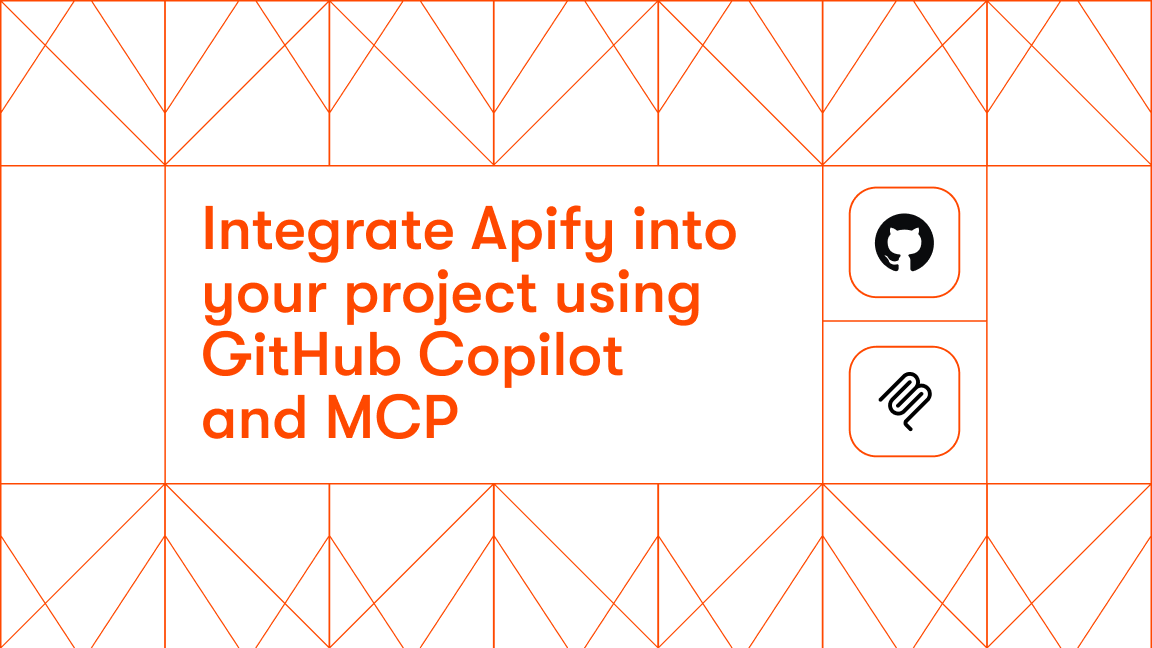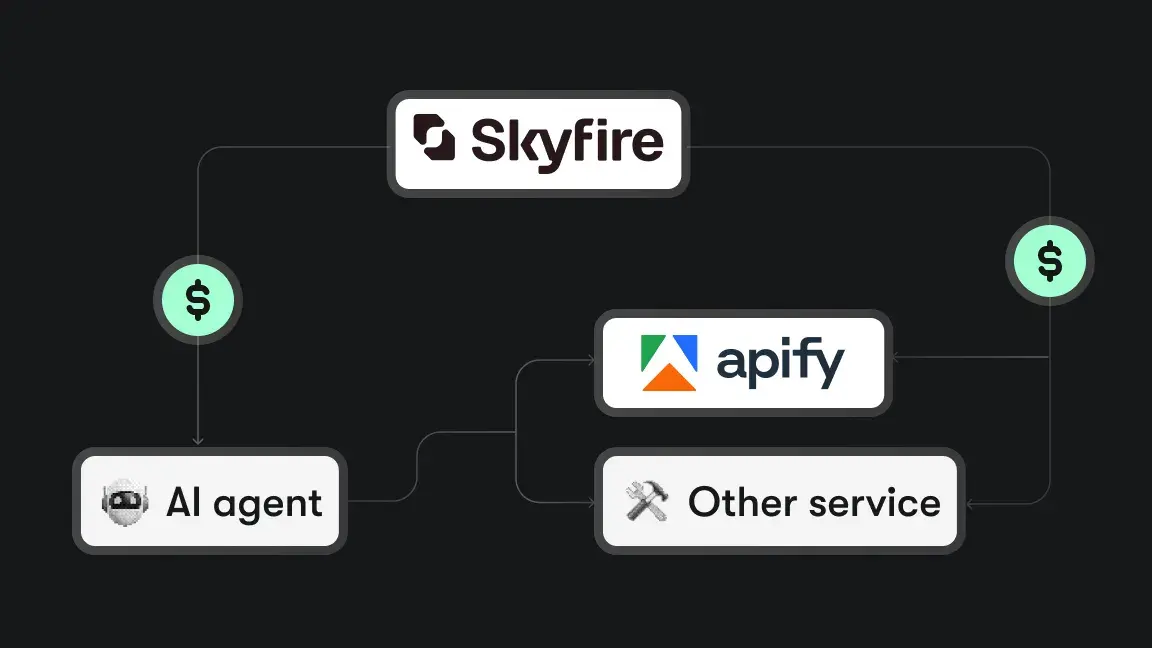LangChain won the AI tooling war in 2023 and continues to advance with new features. It remains a solid choice of framework for developing applications powered by language models with customizable agents, enhanced memory models, tool orchestration, and a declarative way to define chains of actions. But it's not perfect, and since 2023 (which was eons ago in the AI era), many alternatives have risen to challenge it.
Why look for alternatives to LangChain?
If you've tried LangChain, you may have struggled with some things, like:
- Needless complexity
- Difficulty debugging due to all the abstractions
- Trouble customizing it
- Performance not holding up in production
- Documentation that leaves you with more questions than answers
That's why we've compiled this list of LangChain alternatives that are - like LangChain - open source. Some can be used in place of LangChain, while others can be used in conjunction with it.
Why we care: Apify is a web scraping and automation platform that helps you collect data for AI. You can integrate Apify's web automation tools (Actors) with LangChain and alternatives, like Haystack, HuggingFace, LlamaIndex, and FlowiseAI.
12 LangChain alternatives
1. Haystack
Haystack is a framework by Deepset that allows developers to create search systems, question-answering applications, and conversational AI. It offers a pipeline architecture for developers to connect various components like document stores, retrievers, and readers to build customized workflows. Haystack supports integration with transformer models, vector databases, and other tools, making it suitable for retrieval-augmented generation (RAG) tasks. Its modular design emphasizes simplicity and ease of debugging, addressing some of the complexities associated with other frameworks.
2. HuggingFace
HuggingFace is a hub for open-source machine learning models, datasets, and tools, particularly in natural language processing. Its Transformers library provides access to numerous pre-trained models for tasks like text generation, translation, and summarization. Developers can fine-tune these models on specific datasets to facilitate the creation of customized AI applications.
3. FlowiseAI
FlowiseAI is a drag-and-drop UI for building LLM flows and developing LangChain apps. At the same time, it is aimed at organizations that want to develop LLM apps but lack the means to employ a developer. You can use Flowise AI to build apps such as chatbots, virtual assistants, and data analysis tools.
4. LlamaIndex
While LangChain is primarily for chaining multiple tools together, LlamaIndex is fundamentally a smart storage mechanism. At a high level, LlamaIndex gives you the ability to query your data for any downstream LLM use case, whether it’s question-answering, summarization, or a component in a chatbot.
5. Auto-GPT
Auto-GPT is a software program that allows you to configure and deploy autonomous AI agents and aims to transform GPT-4 into a fully autonomous chatbot. While LangChain is a toolkit that connects various LLMs and utility packages to create customized applications, Auto-GPT is designed to execute codes and commands to deliver specific goal-oriented solutions with an output that's easy to understand.
6. AgentGPT
AgentGPT is designed for organizations that wish to deploy autonomous AI agents in their browsers. While Auto GPT operates independently and generates its own prompts, Agent GPT depends on user inputs and works by interacting with humans to achieve tasks. Though still in the beta stage, AgentGPT currently provides long-term memory and web browsing capabilities.
7. SuperAGI
SuperAGI is designed to build, manage, and run autonomous AI agents at scale. It offers a modular architecture with customizable components and pipelines, supporting multiple model providers like Hugging Face, OpenAI, and Cohere. SuperAGI integrates with various document stores and vector databases, providing advanced retrieval techniques such as Hypothetical Document Embeddings (HyDE), which can significantly improve the quality of retrieved context for LLM prompts.
8. Langflow
Langflow is an open-source visual framework designed to simplify the process of building applications powered by large language models (LLMs). It offers a drag-and-drop interface that enables users to create complex AI workflows without extensive coding knowledge. By integrating seamlessly with the LangChain ecosystem, Langflow allows for the generation of Python and LangChain code, facilitating smooth deployment into production environments.
9. Langdock
Langdock was built for developers searching for an all-in-one product suite for creating, testing, deploying, and monitoring their LLM plugins. It lets you add your API documentation manually or import an existing OpenAPI specification.
10. GradientJ
GradientJ is a tool for developers looking to build and manage large language model applications. It lets you orchestrate and manage complex applications by chaining prompts and knowledge bases into complex APIs and enhances the accuracy of your models by integrating them with your proprietary data.
11. TensorFlow
An end-to-end machine learning platform, TensorFlow enables developers to easily build and deploy ML-powered applications. Its Keras API allows for immediate model iteration and easy debugging. You can train and deploy models in the cloud, in a browser, or on a device in any programming language.
12. CrewAI
CrewAI is a framework designed to facilitate the orchestration of role-playing, autonomous AI agents. It provides a structured environment for defining agents with specific roles and goals, enabling complex, multi-agent interactions.
You might also be interested in learning how to use CrewAI with Apify to build and monetize AI agents
Conclusion
Integrating web data with these frameworks lets you provide LLMs with real-time information and context for more accurate and relevant AI applications. You can integrate Apify's web scraping and automation tools with these frameworks to collect and process web data efficiently for the development of AI solutions.








